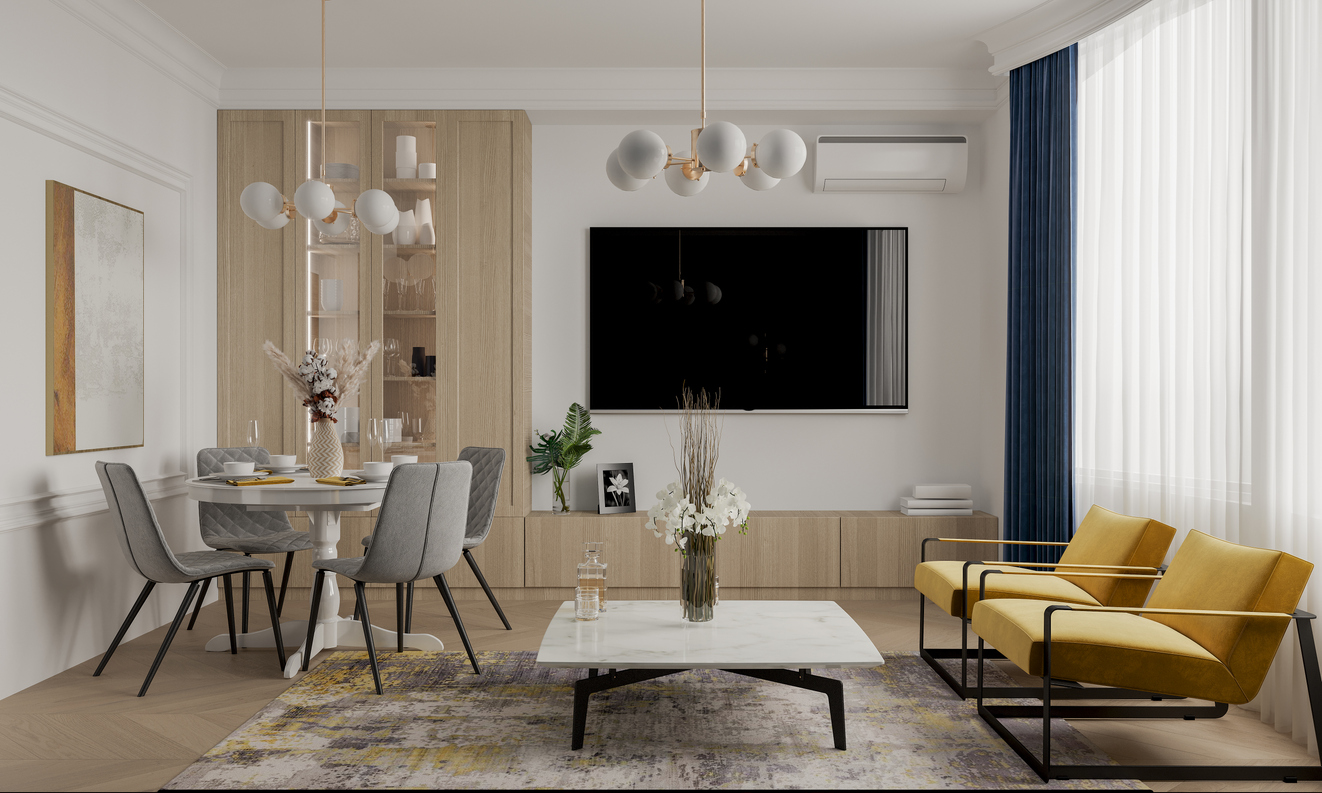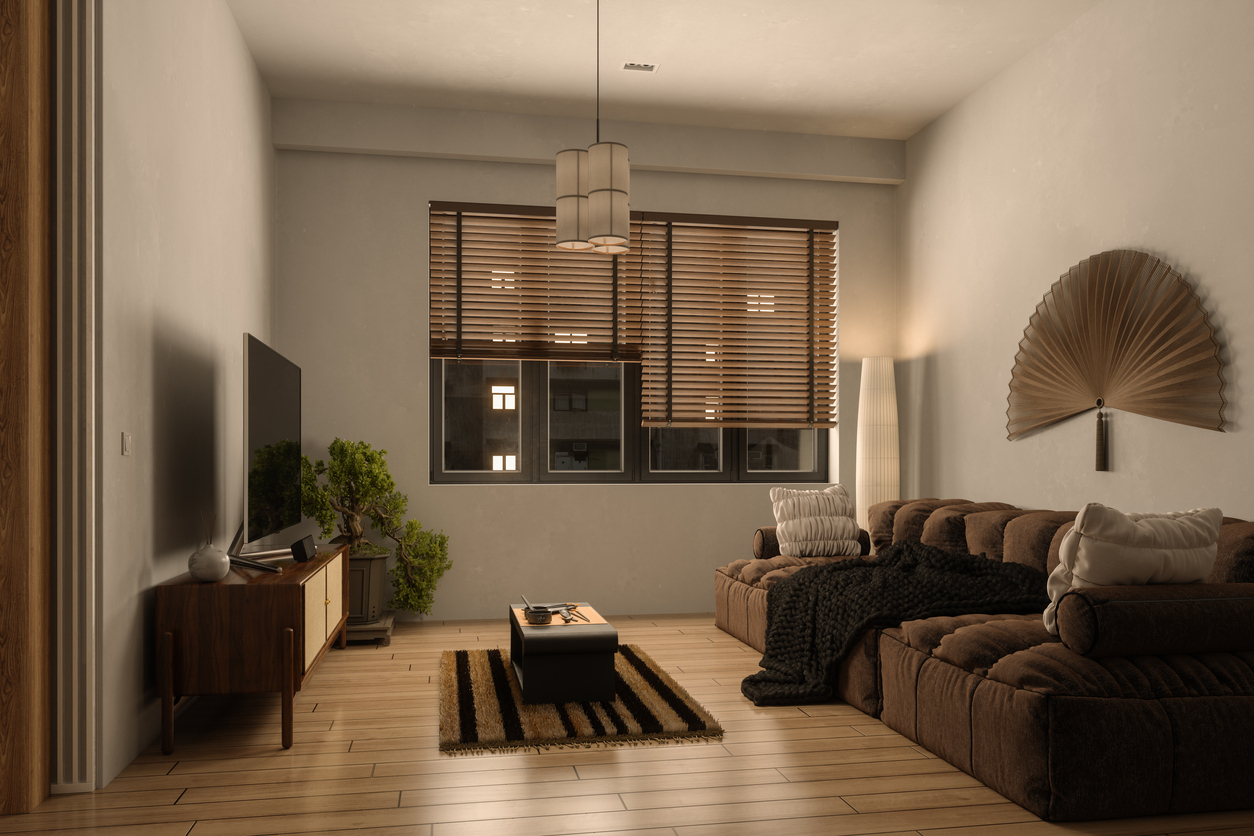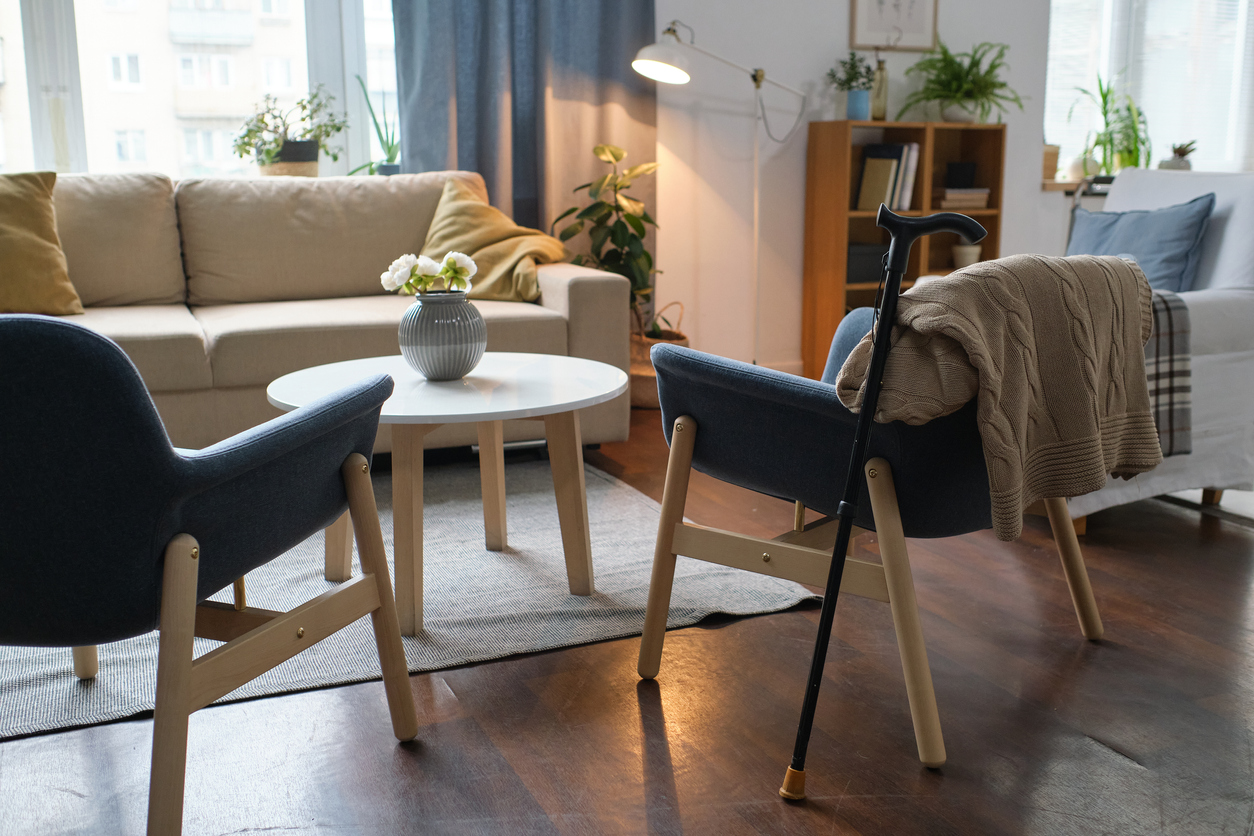TUESDAY, 16 JANUARY 2024
Is The Tiny House Trend The Next Big Thing? Expert Advice To Maximise Space In A Micro Home
– By 2030, London’s population will increase to 9.4 million.
– Tiny house movement advocates for the simplification and downsizing of homes.
– Rising costs, the environment and the supply of property all drive the desire for small homes.
With high demand for housing, increasing populations, and a desire for financial freedom and to go green, there is a move toward small-space living in the UK. Expertly thought-out storage solutions, an eye for design and muti-functional furniture can make the move to a smaller property seamless.

Compact Living Lifestyle
Compact living is a lifestyle that champions simplicity, quality, and mindfulness. Through carefully thinking about light and creative design solutions, tiny homeowners can get the most from each square foot of space. Lifestyle and values propel this movement, as those opting for small spaces seek to live with fewer possessions, creating room – both physically and financially – for more meaningful priorities.
The tiny house movement is not a new phenomenon. It has a solid connection to Henry David Thoreau’s book, Walden, which is a meditation on simple living. Today, numerous books and TV programmes depict this lifestyle.

Small Space Living On A Trajectory
A growing number of people residing in the same area pose a challenge that cities face worldwide. By 2030, London’s population is expected to increase to 9.4 million. As property in urban areas dramatically outstrips demand, prices of homes in major cities have been on a steady incline, estimated to rise by 13.9% by 2028.
The tiny home movement advocates downsizing. Some buyers downsize due to the rise in rates and the cost of living. Others prioritise charm and style over square footage and use creative thinking to uncover new design opportunities. Small-space living is prevalent in cities all over the world. Notably, Tokyo’s average apartment size is just 19.1 square meters, compared to a median of 43 sq metres for London apartments.

Small Space, Ample Opportunities
While the space may be small, the benefits are significant.
Financial
Micro properties generally come at a lower price, with reduced mortgage payments, utility bills and maintenance costs. For homeowners, the financial freedom from living in a smaller home equates to more holidays, time off with family, and less pressure on work.
Environmental
Household emissions of greenhouse gasses account for 26% of total emissions in the UK. Choosing a smaller house to heat dramatically reduces a homeowner’s contribution to the figures. Living a simpler life in a smaller space leads owners to make purchases more mindfully and only what they need. This approach to consumption is less impactful on the planet.
The power of less
When there’s significantly less space to store possessions, micro-property owners naturally prioritise quality over quantity. That doesn’t mean to say the properties are void of things, but everything in the property is high-quality and purposeful.
Interior Design Tips For Small Spaces
From mixed-use furniture to creative lighting and colours, tiny spaces spark ingenious ideas and innovative thinking. Smaller homeowners can get the most from every inch of a small property by perfectly blending beauty and function.
Dual duty spaces: Doubling up spaces and seamlessly transforming them for another purpose is vital to small-home living. Consider a wall-mounted bed to transform any room into a bedroom easily. Add flexible dividers such as curtains and free-standing screens to zone off areas.
Functional furniture: Multi-functional, necessary furniture is desirable for any tiny home. Small room furniture ideas include fold-out desks, sofa beds, ottomans, and folding dining tables. Floating furniture also creates a feeling of space and openness.
Light and colour: Enhance natural light in the small space with mirrors and lightweight curtains. Select a neutral main pallet with impactful colours to add personality and interest.
Storage solutions: Whether an ottoman bed or clever shelving, storage solutions must be well-planned and well-organised for a functional, tiny home. Choose storage shelves to create a feeling of openness. Keep shelving and cupboards tidy, with a place for everything and everything in its place.
Optimise each room: Each space in a tiny home should balance functionality and style. There are endless opportunities to optimise every room or area with interior design tips for small spaces.
Bedroom: Beds with under-bed storage help reduce clutter and create a sense of order, while lofted beds maximise vertical space. Avoid beds with a footboard as they take up more precious floor space without serving a function. Consider wardrobes with sliding doors and incredible organisation solutions.
Living room: Tiny homes are inherently cosy, as a living room should be. Create a sense of warmth and personality by choosing the right size furniture, wall art and neat shelving—zone areas with rugs or room dividers.
Kitchen: Choose internal organisers in drawers, pull-out counters, and floor-to-ceiling cabinets to maximise space in the kitchen. Carefully consider essential appliances and select minor versions where possible.

Discover Your Tiny Home
Whether you’re downsizing for financial freedom or embracing the lifestyle and values, the tiny home trend means there are ample design tips for compact living and unique solutions. With fewer belongings and space, owners of small homes can focus on what matters, improve their green credentials, and enjoy financial independence, translating to more holidays and less work pressures.
If you’re interested in finding a smaller home and showcasing your creativity, the Central London estate agent, BHHS London, is ready to help. Feel free to contact us at +44 20 3394 0029 or click here.
